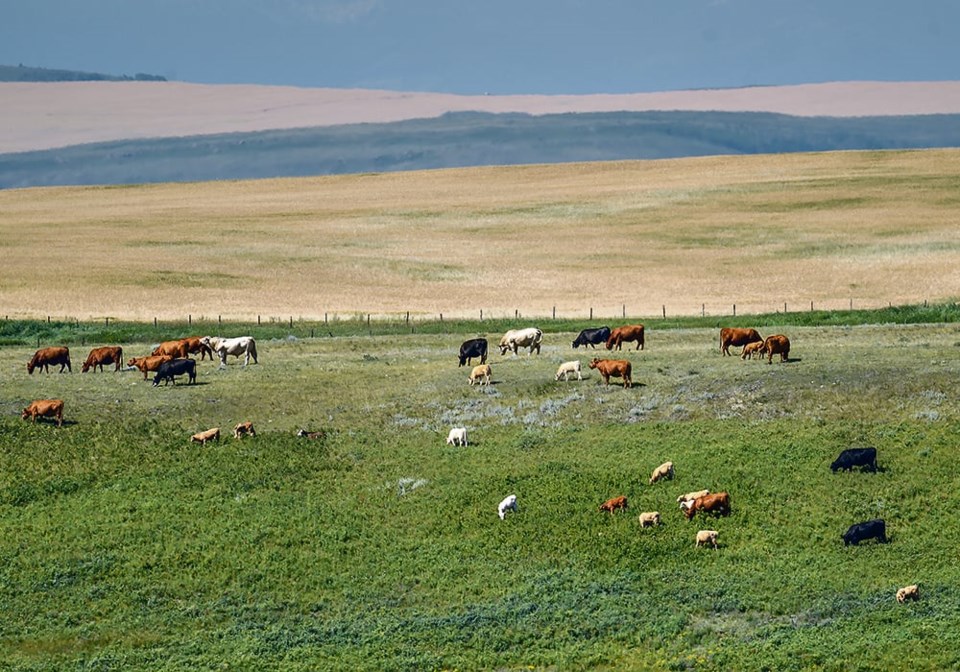The World Bank recently released a report called .
It concluded with this: “The food system must be fixed because it is making the planet ill and is a big slice of the climate change pie.”
Unfortunately, that was likely to be the headline on any story that the mainstream media produced about this report, augmenting the lack of understanding that much of urban Canada has about modern agriculture.
One of the points made in the World Bank report is that beef and dairy subsidies keep prices for these products low and encourage their consumption.
“Full-cost pricing of animal-source food to reflect its true planetary costs would make low-emission food options more competitive,” it says.
“Globally, one-third of agricultural subsidies were directed toward meat and milk products in 2016. Indeed, studies have shown that meat prices would need to increase by 20 to 60 per cent, depending on meat type, to reflect the true health, climate and environmental costs of meat.
“As a result, repurposing red meat and dairy subsidies toward low-emission foods, like poultry or fruits and vegetables, could lead to significant changes in consumption patterns and large emissions reductions.”
Again, most reporters in the mainstream media will likely focus on that, ignoring the wide gulf that exists between global agriculture and what happens in Canada.
Because, despite the negative headlines that this report might generate in the mainstream media, it is actually a good news story for Canadian agriculture.
Setting aside the assumption that beef and dairy production is bad for the environment — which is highly disputed — it’s important to recognize that Canada’s agriculture and food systems have made great strides when compared to the rest of the world.
Take the beef and dairy subsidies that the report talks about. There are none in Canada.
Granted, some consider supply management to be a subsidy, arguing it increases prices for dairy products.
However, even if that were true, one would have to conclude that supply management forces consumers to pay the full cost of dairy products, which is exactly what the World Bank report wants to happen.
The report, with its global focus, also ignores the fact that studies have found Canadian beef emissions to be one-third what they are in other parts of the world.
Again, those looking just at the report’s global focus would miss the good news story that Canadian agriculture has to tell.
The Global Institute for Food Security commissioned studies in 2022 to examine the carbon footprint of agricultural production in Canada, and they found that widespread adoption of agricultural innovations by producers give the country a competitive advantage in the sustainability space.
This is not to say Canadian agriculture should consider its climate change job to be complete.
Emissions reduction is a work in progress, and as new solutions are found, agriculture must be sure to adopt them.
We must also continue to do more to solve the significant problem of food waste.
As well, the World Bank report concluded that higher-income countries need to help lower-income countries reduce their agricultural emissions. Perhaps there is a role for Canada here.
However, at the end of the day, it is important to recognize that Canadian agriculture has much to be proud of on the environmental front.
That should be the real headline.
Karen Briere, Bruce Dyck, Barb Glen, Michael Robin, Robin Booker and Laura Rance collaborate in the writing of Western Producer editorials.




